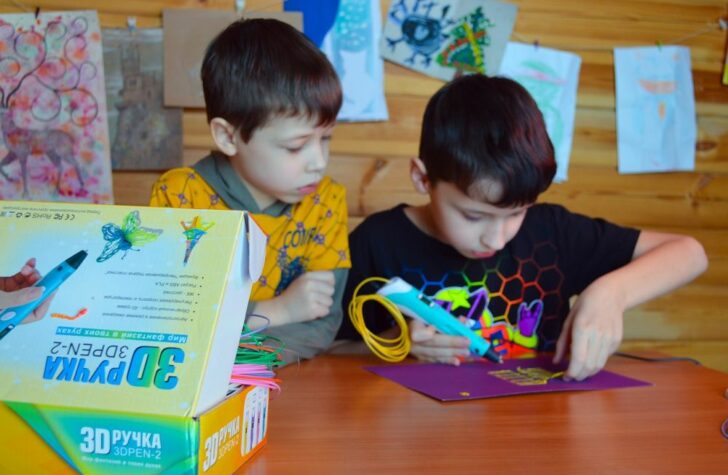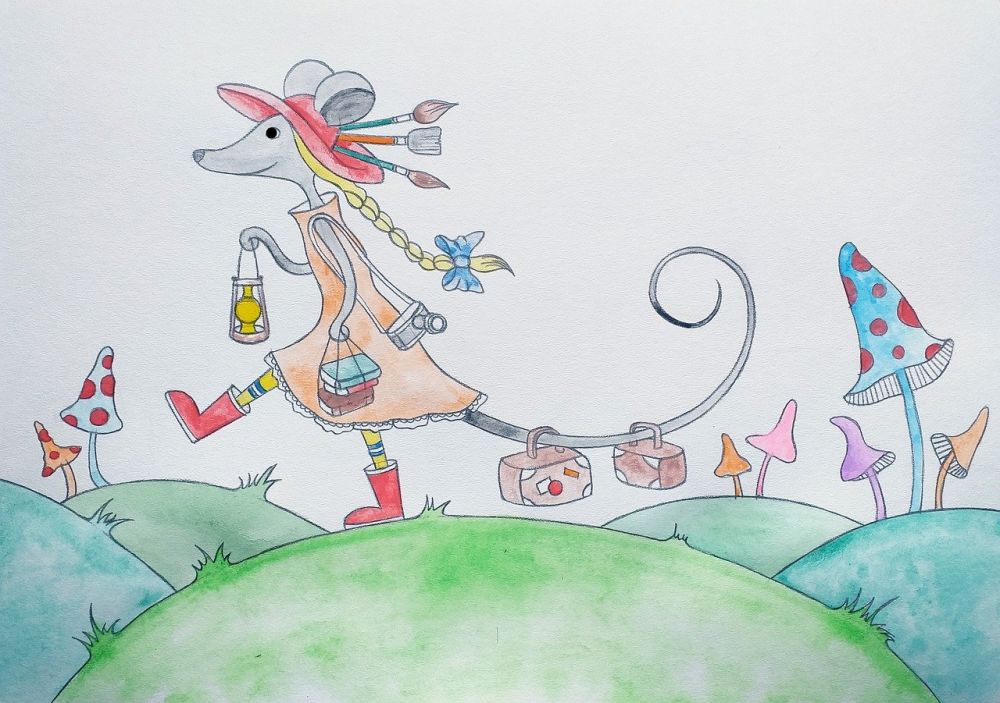Cykelsits för barn: En fördjupande översikt

Introduction:
Bicycling is not only a great way to commute but also a popular recreational activity. Many parents want to share their love of cycling with their young ones, and that’s where child bike seats come into play. In this comprehensive article, we will explore the world of child bike seats – what they are, the different types available, popular choices, quantitative measurements, variations, and a historical review of the advantages and disadvantages associated with them.
What is a child bike seat?

A child bike seat, also known as a bike child carrier, is a piece of equipment specifically designed to allow parents or caregivers to safely transport their children on bicycles. These seats provide a secure and comfortable spot for young children, typically aged between 1 to 5 years, to sit while accompanying their adult counterpart on a bike ride.
Types of child bike seats
Child bike seats come in various designs, each catering to different needs and preferences. The most common types include:
1. Front-mounted seats: These seats are attached to the front of the bike’s frame, typically between the adult rider’s arms and the handlebars. Front-mounted seats offer a more interactive experience as the child sits in front of the adult, allowing for easy communication and interaction.
2. Rear-mounted seats: Rear-mounted seats are attached to the rear rack or frame of the bicycle. They provide a more stable and balanced ride, as the child’s weight is centered and positioned behind the rider.
3. Trailers: Bike trailers are separate units that attach to the rear axle of the bicycle. They provide a completely separate compartment for the child, ensuring maximum safety and protection. Trailers often have additional features like storage space and weather protection.
Popular child bike seats on the market
There are several popular child bike seats available on the market today, including:
1. Thule RideAlong: Known for its sturdy construction and comfortable seating, the Thule RideAlong is a rear-mounted seat that offers adjustable features to accommodate the growing needs of the child.
2. Hamax Caress: The Hamax Caress is a front-mounted seat that places a strong emphasis on safety and comfort. It features an adjustable footrest, reclining function, and even a built-in suspension system.
3. Burley Bee: A popular bike trailer option, the Burley Bee offers a roomy interior with ample storage space. It is known for its durability, weather-resistant design, and easy attachment to the bicycle.
Quantitative measurements of child bike seats
When it comes to child bike seats, safety is of utmost importance. Quantitative measurements play a crucial role in determining the safety and usability of these seats. Some key measurements to consider include:
1. Maximum weight capacity: Each child bike seat has a maximum weight capacity that should not be exceeded. The weight capacity determines whether the seat can accommodate a child safely.
2. Installation time: The ease and speed of installing the child bike seat can greatly impact its usability. Quick and straightforward installations are highly desirable.
3. Crash test ratings: Many child bike seats undergo rigorous crash tests to ensure they meet safety standards. Understanding the crash test ratings of different seats can help parents make informed decisions.
How do different child bike seats differ from each other?
Child bike seats vary in terms of design, attachment method, safety features, and overall riding experience. Some key differences include:
1. Position on the bike: Depending on whether the seat is front-mounted or rear-mounted, the child’s position on the bike and the interaction between the adult and child can differ significantly.
2. Attachment method: Child bike seats may use different attachment mechanisms, such as frame mounting, seat post mounting, or rack mounting, which can impact stability and ease of installation.
3. Safety features: Various child bike seats come with additional safety features like adjustable harness systems, headrests, padded seating, and footrests, ensuring a secure and comfortable ride for the child.
Historical review of the pros and cons of different child bike seats
Over the years, child bike seats have evolved, giving rise to various advantages and disadvantages. Here is a historical review of some prominent factors to consider:
1. Front-mounted seats: Front-mounted seats allow for better communication between the adult and child, as well as a wider field of vision for the child. However, they can affect the balance and maneuverability of the bike.
2. Rear-mounted seats: Rear-mounted seats offer improved balance and handling, making them a preferred choice for many cyclists. However, the adult rider’s view of the child may be obstructed, and rear-mounted seats often have limited legroom for the child.
3. Trailers: Bike trailers provide excellent safety and protection for the child, as they are separate units with their own suspension system. However, they can be bulkier, harder to maneuver, and require additional storage space.
Conclusion:
Child bike seats are a fantastic way for parents to introduce their little ones to the joys of cycling. Whether it’s a front-mounted seat, rear-mounted seat, or a trailer, each option has its pros and cons. By considering the different types, quantitative measurements, and historical context, parents can make an informed decision based on their specific needs and preferences. Remember, safety should always be the top priority when choosing a child bike seat. Happy riding!

















